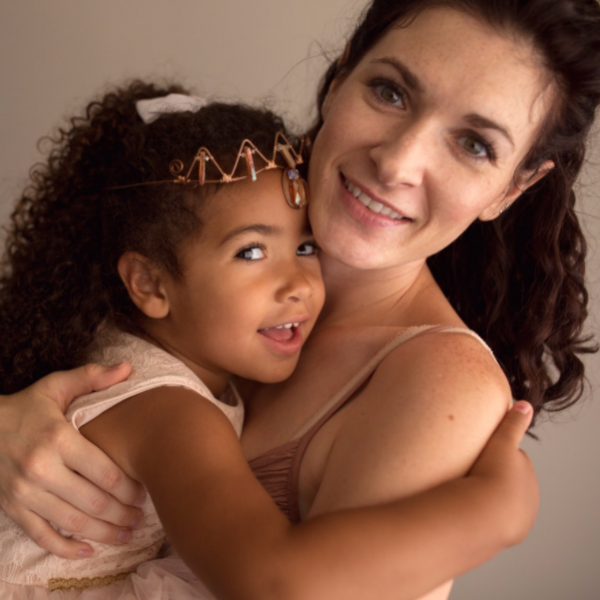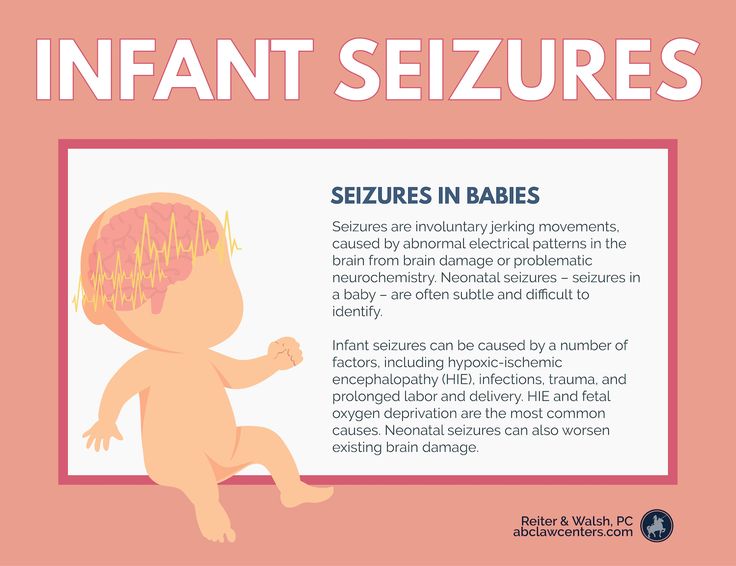How to raise a biracial child
8 Effective Tips To Raise Biracial Children
In a world of judgy eyes and ignorance, help your biracial child grow up with confidence.
Image : Shutterstock
If you and your partner are of differing races, your children will be termed, biracial children. While you might be thinking about what difference it makes, it is shown that biracial children experience unique challenges, like discrimination, regarding racial self-identification. However, with your assistance and some helpful tips to raise a biracial child, your child will grow into a confident individual in society. Having a biracial identity means that your child will have a unique cultural inheritance, but they may also experience issues like racism and identity crisis. Continue reading this post as we present some suggestions on parenting biracial children.
Love knows no language, and certainly no race or skin color! If you have experienced that strong bond of love with your partner that brought you both together in the first place, you know it is something you want to pass on to your child too.
With more and more global exposure these days, it is not uncommon to see biracial parents raising a child who is aware of both the cultures. In some cases though, the parents are not sure how to help their child accept their mixed identity in a positive way. Often, a biracial child may end up getting influenced by the cultural aspects of the parent who spends the most time with them. The child may also get influenced by the parent who is more assertive or interested in sharing cultural knowledge and experiences.
Here are some effective tips for raising biracial children the perfect way:
1. Let your child talk about skin color
As a biracial child, it is obvious that your child will notice the difference in the color of skin.
- For your child, asking questions related to the color of skin is quite normal. You may feel it is not something to be discussed in the open, especially not in front of family or strangers. You may have a certain skin color, your partner may have another skin color, and your child may have a different skin color altogether.
 In such a scenario, your child is likely to get confused and ask why there is a difference in the colors of the skin when you all are members of the same family.
In such a scenario, your child is likely to get confused and ask why there is a difference in the colors of the skin when you all are members of the same family.
- Do not take offense at your child’s curiosity. Instead of asking your child to not talk about it, make sure you address the question in a very normal way. Remember that your child does not understand the concept of color, so answer as best as you can, keeping their age in mind. Unless parents normalize these questions, children can never become comfortable or confident in their own skin.
- Remember that it is never too late to do the ‘race’ talk with your child. Your child will start noticing different traits even when he is just three years of age, and something as basic as skin color is often the first difference he may note. Let your child inquire about it or bring up the topic yourself. Make sure you do it in such a way that it does not seem a very serious issue.
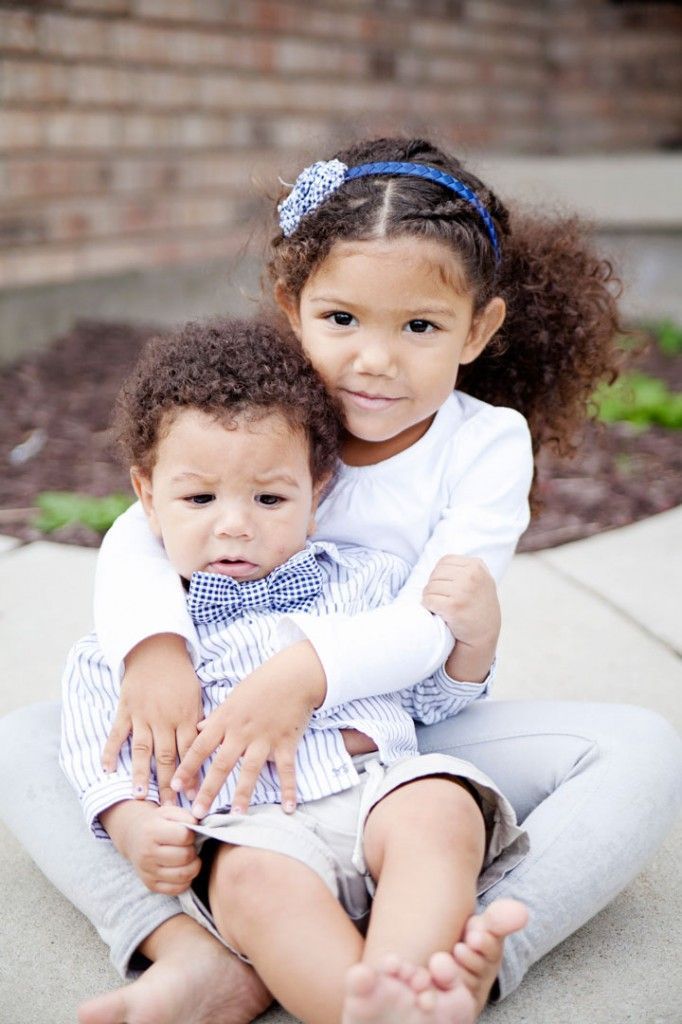 Your child should not feel that talking about race, skin color or facial features is a taboo. Instead, make sure you make it sound as normal as possible.
Your child should not feel that talking about race, skin color or facial features is a taboo. Instead, make sure you make it sound as normal as possible.
2. Teach your child to accept their mixed features
Image: iStock
Most biracial children inherit some features from one parent and the rest from the other, which means they have a mix of both.
- While it is not something that is not natural, it may intrigue strangers who may ask your child about their ethnicity.
- Your child may have a different kind of hair texture or style, or a certain shape of eyes, or a different skin color or a differently shaped mouth. Help your child to know the fact that all these features are good for them because it brings together the goodness of two unique cultures.
- In many instances, some people may completely disbelieve your child’s mixed racial identity. For instance, a dark skinned parent may have a child who is white, or a white parent may have a biological child who is dark skinned.
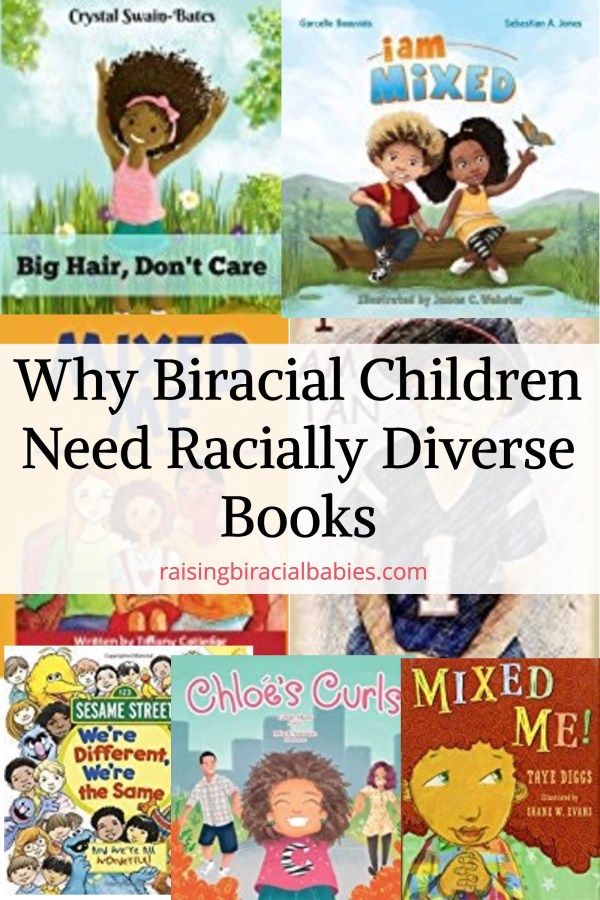 Teach your child that it is possible for others to get confused, especially if they are only meeting them for the first time. Prepare your child to be strong and normal about facing such situations and not becoming upset or angry.
Teach your child that it is possible for others to get confused, especially if they are only meeting them for the first time. Prepare your child to be strong and normal about facing such situations and not becoming upset or angry.
Related: 15 Fun Activities To Teach Problem Solving To Kids
3. Allow your child to choose their cultural identity
It is perfectly normal for your child to one day show an interest in your culture and the next day wanting to identify themself with your partner’s culture.
- Let your child explore and see the different cultural aspects firsthand.
- The best thing to teach your child is to be themself, to do what makes them feel most comfortable and happy.
- Do not make your child’s cultural preference an ego tussle between you and your partner. If your child wants to know more about your culture, talk about it and share your experiences with them. If your child wants to be more participative in your partner’s culture, make sure he is around to help.
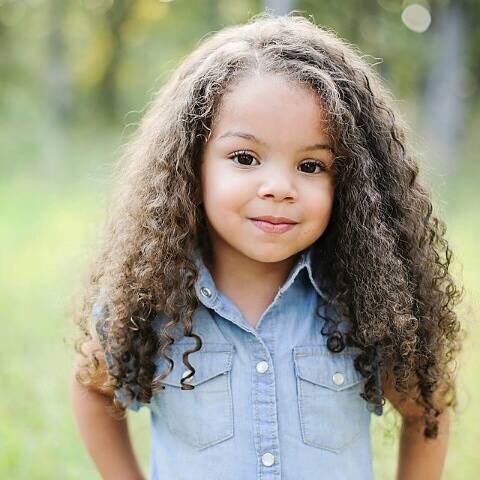
Related: What Are Kids Scared Of And How To Help Them Manage Fears?
4. Help your child become confident and happy with their biracial identity
Image: iStock
Your child may need more moral support to boost their confidence than other children, especially while dealing with biracial issues.
- Often strangers can be curious about your child’s mixed looks and end up asking questions that seem rude or incorrect. While you may deal with the same in a grown-up and more mature way, it could make your child awkward and confused.
- Tell your child that not all children are biracial, and that is why people can sometimes ask the questions that they do. Help your child to understand what the word biracial means and why it is such a special gift to have the richness of not one but two cultures.
- Your child may look completely different from either you or your partner, which is another normal aspect of being a biracial child. Tell your child that it is nothing to be embarrassed.
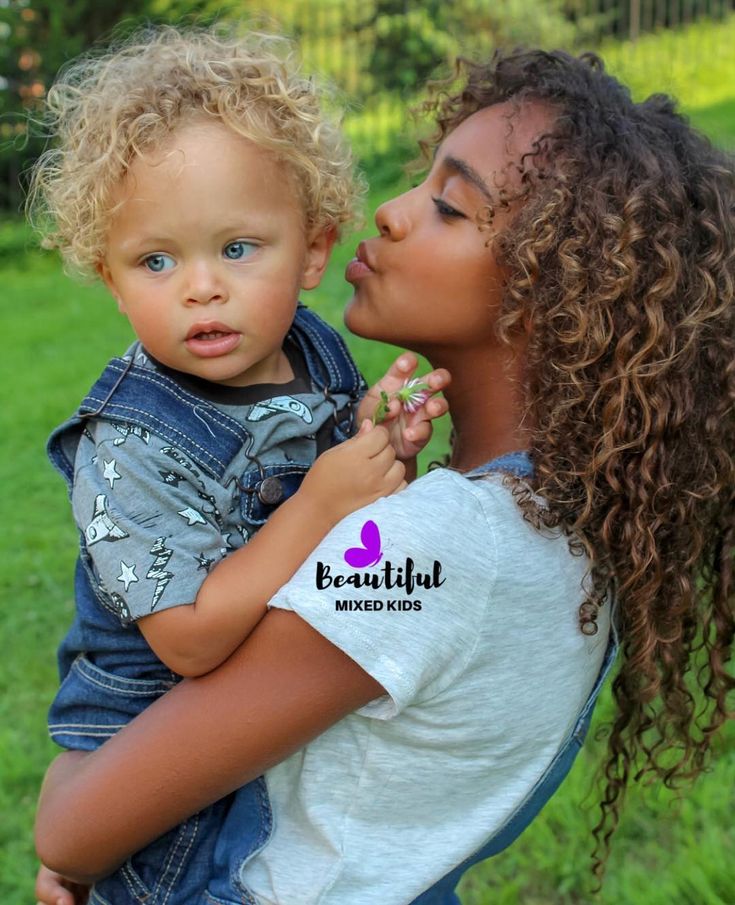 Also, when someone expresses shock at your child’s revelation about what culture or racial background you and your partner are from, tell your child to not be offended. Your child should be proud of his biracial lineage and not try to hide the fact from others.
Also, when someone expresses shock at your child’s revelation about what culture or racial background you and your partner are from, tell your child to not be offended. Your child should be proud of his biracial lineage and not try to hide the fact from others.
5. Help your child relate with other children from mixed races
Image: Shutterstock
Of course, there are many people who believe that children from mixed races grow up being confused and disoriented. Make it a point to break such myths, especially in front of your child.
- Give your child examples of people who had mixed racial origin and who went on to become successful and famous. Some personalities you can name include Halle Berry, Barack Obama, Tiger Woods, and Keanu Reeves.
- Teach your child that children who have a biracial lineage are not less confident or socially accepted. You should also tell your child that having a biracial parentage does not mean that your child is different.
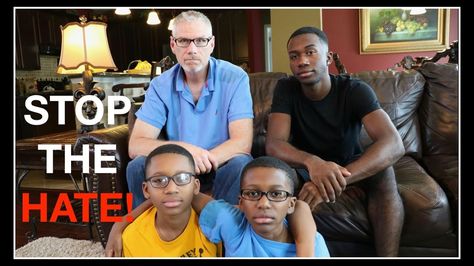 It only means that your child has more than one cultural heritage as opposed to children of the same race. Make sure you teach your child that both situations are normal and not a cause for worry.
It only means that your child has more than one cultural heritage as opposed to children of the same race. Make sure you teach your child that both situations are normal and not a cause for worry.
- Watch movies with your child, which celebrate families that are multi-racial and have biracial children as characters or actors. You can also get your child books on biracial children and why it is fun to have the best of two cultures instead of just one.
Related: 7 Tips To Build Self-Esteem In Children & Activities To Do
6. Choose a school with students from diverse ethnic backgrounds
Your child’s school and schoolmates will largely influence the way he perceives his biracial identity.
- When you enroll your child in a school with children from mixed backgrounds, it will help your child feel more comfortable and welcome. Being around children from different cultures and races, including biracial children, will have a positive effect on your child.
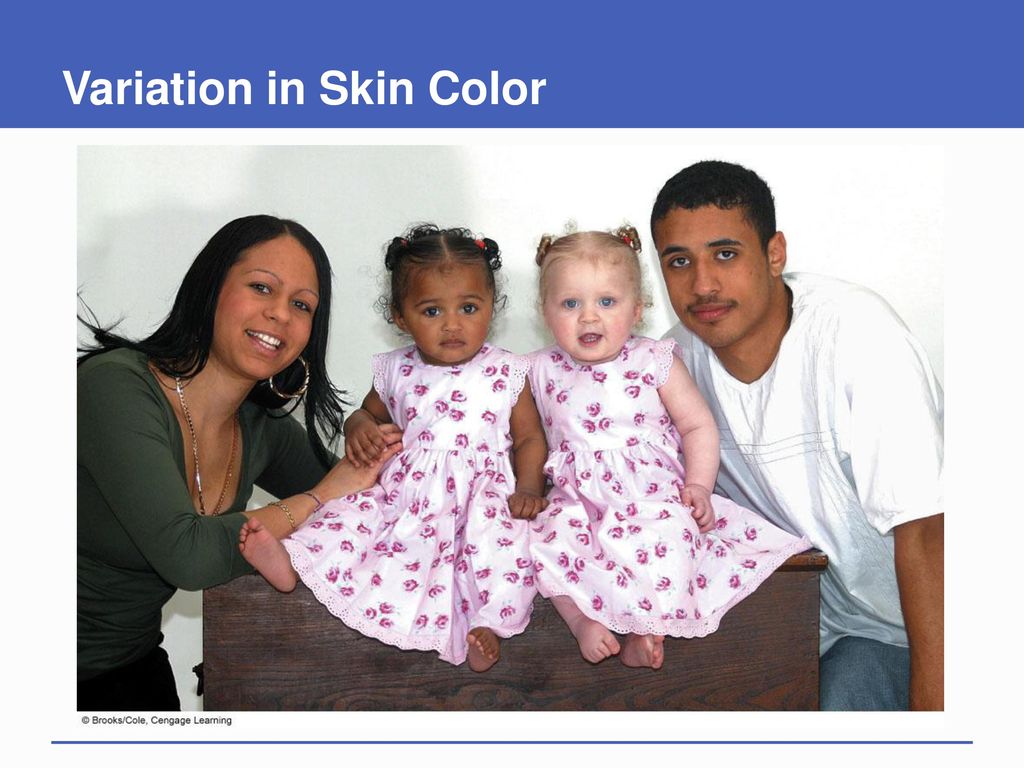
- Make sure you speak to the management and the teachers about racial tolerance in the school before sending your child there. Some schools have very strict policies about racism and bullying. Discuss the same with your child at home.
- You can also help to prepare your child to handle some remarks he may hear from other students in the initial days at school. Most biracial children have mixed features, and it is not always possible for others, especially young children, to understand the varied traits of other ethnic races. Other children at school, and sometimes even teachers or other staff members, may ask your child about their racial identity or their place of origin.
- Prepare your child for such questions. Tell your child that it is normal for someone to ask such a thing, out of curiosity to know more about their culture. Tell your child that it is nothing to be offended. Instead, your child can use such a situation as an ice-breaker.
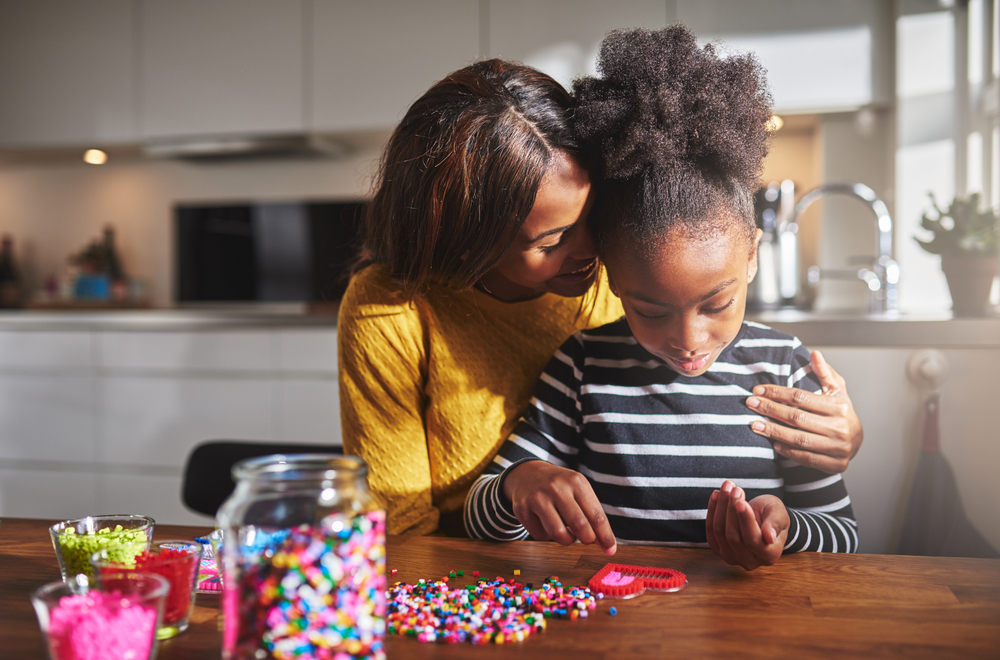
7. Choose a locality that is multi-racial
Image: Shutterstock
Do choose a neighborhood or locality that has other multi-racial families living there.
- Once your child sees other biracial children on a daily basis, he will accept their mixed identity better than before.
- Even while you live in a multi-racial community, it is possible for your child to face racism at other places. The key is to make your child aware that there are many other children out there who are also biracial and that there is nothing different or strange about it.
- If your child is still young or at an impressionable age, living in a multiracial community or neighborhood will mean that no one stares at your child or makes him feel out-of-place. It will give your child enough time to get comfortable with the idea of having a biracial identity.
8. Teach your child to speak up against racism
Image: iStock
Your child may be too young to understand it yet, but it is important to teach your child nonetheless when to protest and stop answering those intrusive questions.
- You can teach your child all about anti-racism.
- One of the best ways to teach your child when to say no to someone who may be asking them questions about their looks, ethnicity, or race is when it starts making them feel uncomfortable.
- If your child is a little older and can understand prejudice, teach them to always speak up against what is wrong. Your child should not allow anyone to make any rude or uncalled for comments about race, ethnicity or cultural background, even in a fun or casual manner. What starts as a simple, fun comment can often turn into a full-blown racist attack, and it is always important to stop such conversation the moment it begins.
- Assure your child that you and your partner will fully support him to fight racism. Also, try and find a counselor at school who can help your child overcome the trauma of facing a racist remark or incident.
1. Are biracial children less healthy?
No conclusive evidence indicates that biracial children are less healthy than monoracial children.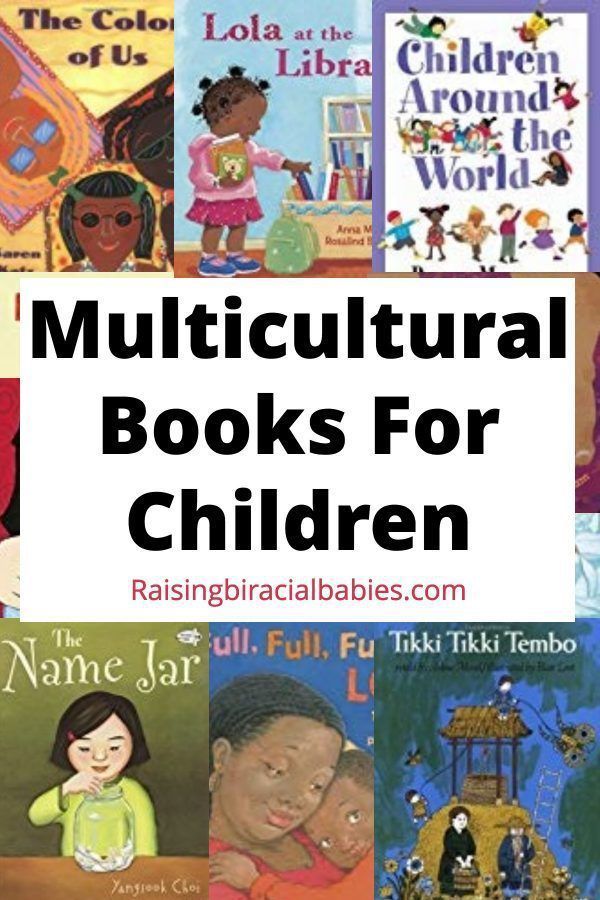 Children stay healthy when provided good nutrition and a healthy lifestyle, irrespective of their racial background.
Children stay healthy when provided good nutrition and a healthy lifestyle, irrespective of their racial background.
2. Can my biracial child have blue eyes?
The eye color of a child is determined based on several factors. A child can have a probability of having blue eyes if either one or both the parents have blue eyes (1).
Raising a biracial child may come with a unique set of challenges and other hurdles. Hence, we hope that our tips for raising a biracial child will be helpful. These tips focus on celebrating and accepting the cultural diversity of your child. Remember to maintain proper communication with your child to understand any racial struggles. Make the various aspects clear as they grow older and teach them never to be embarrassed about being biracial. Although implementing these tips may seem an extensive task, staying practical would be helpful.
References:
MomJunction's articles are written after analyzing the research works of expert authors and institutions.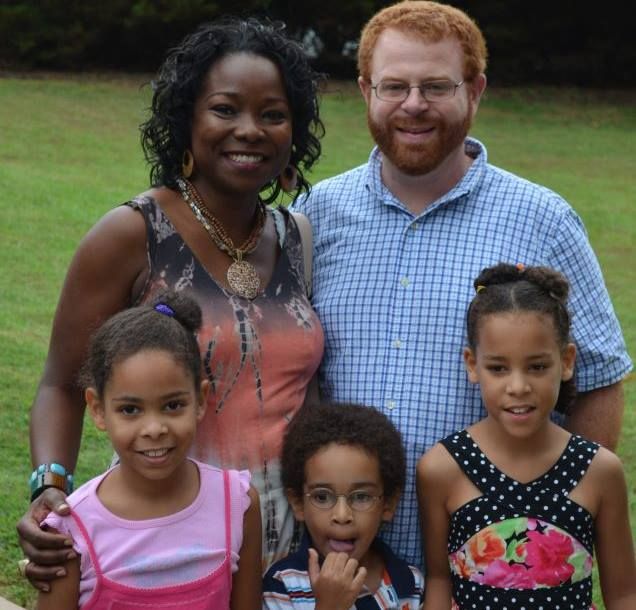 Our references consist of resources established by authorities in their respective fields. You can learn more about the authenticity of the information we present in our editorial policy.
Our references consist of resources established by authorities in their respective fields. You can learn more about the authenticity of the information we present in our editorial policy.
- Is eye color determined by genetics?
https://medlineplus.gov/genetics/understanding/traits/eyecolor/
The following two tabs change content below.
- Reviewer
- Author
Sadiya is a writer and editor with a passion for writing about parenthood and children. Her focus areas are health, wellness, and beauty. For MomJunction, she writes on kids’ health and nutrition. Sadiya believes in doing in-depth research and providing accurate information to help parents with concerns on their children’s growth and development.
Dr. Neha Bhave Salankar is a consultant psychiatrist at Bhave Institute of Mental Health based in Nagpur. Having been a meritorious student throughout, she bagged the prestigious gold medal for medicine in MBBS as well as in MD psychiatry.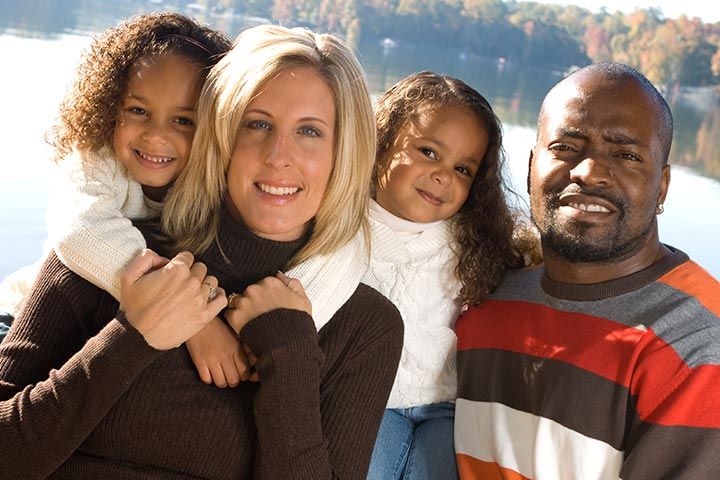 She also took training in Child and Adolescent Psychiatry at National Institute of Mental Health and Neurosciences (NIMHANS), Bengaluru. She is...
She also took training in Child and Adolescent Psychiatry at National Institute of Mental Health and Neurosciences (NIMHANS), Bengaluru. She is...
View Profile ›
Tips on raising biracial children in today's world
Local News
Rogelio V. Solis/AP
Kim Stamps, center, juggles her home schooling between her two children, son, Alkebu-lan, 12, left, and daughter Abyssinia, 10, during a break at Cool Al's, the family's restaurant in Jackson, Mississippi.
By: Joyce Lupiani
Posted at 2:10 PM, Mar 08, 2021
and last updated 2021-03-08 17:19:54-05
According to a report in 2017, the number of multiracial babies born in the U.S. in recent years has tripled.
Pew Research says 42% of multiracial babies are born fro one white parent and one Hispanic parent. The next most common mix is Asian and white The least common is babies born of one white parent and one Black parent.
Raising children who are biracial is different than raising children of one race.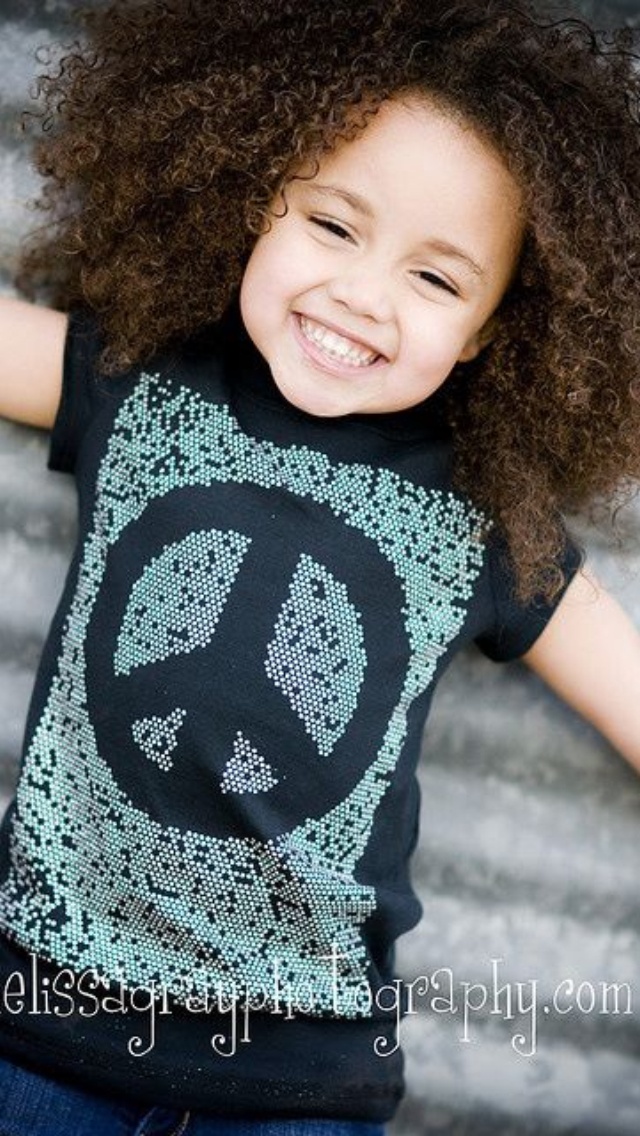 The following are some tips from a variety of resources (listed at the bottom):
The following are some tips from a variety of resources (listed at the bottom):
- Educate yourself about what people of other races may experience. Don’t assume that you know when you have never experienced how others who are different from yourself are treated.
- Talk about race. Do not avoid the subject. Make it as normal as possible. Listen to your child if they are having issues with being biracial. Encourage them to talk about the color of their skin and how it may be different.
- Teach your child to be proud of their mixed heritage and looks. Make sure they know that it is nothing to be embarrassed about or ashamed of.
- Understand that biracial and multiracial children are often discriminated by everyone because of their unique, mixed identity. Even if they identify with one race more so than another, people of that race may not view them as the same.
- Help children develop coping skills to handle questions and/or biases about their background. Help children deal with racism without feeling personally assaulted.
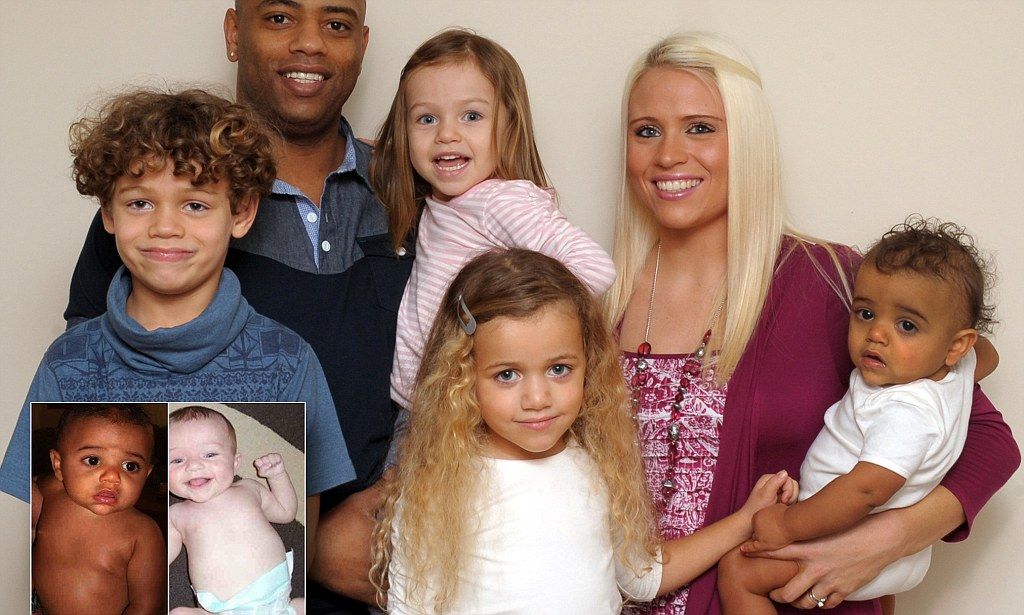 If necessary, practice answers to common questions so they are not caught off guard.
If necessary, practice answers to common questions so they are not caught off guard. - Create a multicultural life for the whole family. Become familiar with language, traditions, and customs of all family members. If necessary, learn how to
- Create a family mantra. Watch this video for ideas.
- If possible, live in a diverse community. Encourage your children to make friends with people of all color.
- If unable to physically live in a diverse community, seek to build one or join one online. Connect with other multiracial families through line forums, meet-up groups etc.
- Understand that children may feel guilty if they choose the race/culture of one parent over another.
- Expose your child(ren) to books, television shows or movies that portray multiracial individuals as positive role models.
SOURCES
8 effective tips to raise your biracial child
Racial stress and self-care: Parent toolkit
Raising multiracial children — American Academy of Child & Adolescent Psychiatry
Three ways to support your biracial child
How to support multiracial teens: A guide for parents
Copyright 2021 Scripps Media, Inc.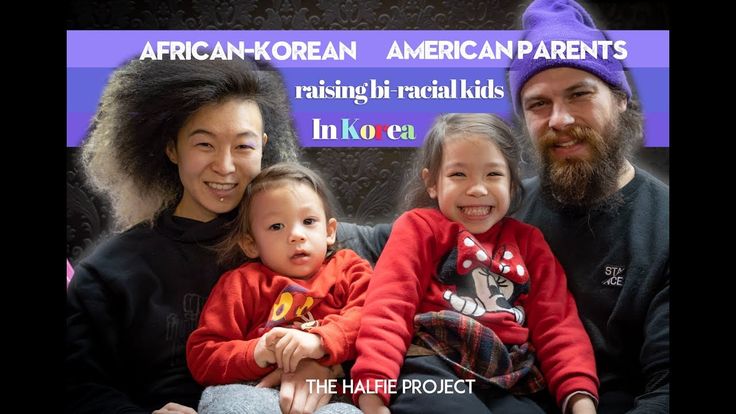 All rights reserved. This material may not be published, broadcast, rewritten, or redistributed.
All rights reserved. This material may not be published, broadcast, rewritten, or redistributed.
Report a typo
Raising children 2-3 years old
Raising a child is a rather complicated process. Moreover, very often the results obtained do not at all coincide with our expectations. And this does not mean that our child is “bad”, he is special and does not at all have to be the way we want him to be. Children are already born with certain characteristics of temperament and character. These features must be understood and supported. If we try to “remake” a child, we will go against him and nature itself. nine0003
Yes, of course, adults should guide and correct the behavior of the child, but this must be done with love, tact and caution, making sure that the child does not face an impossible task or does not experience fear of parents. Moreover, it is necessary to look for an approach specifically to your child, taking into account the characteristics and temperament of the child. So, for example, an optimistic child with a strong nervous system will survive your “pressures” without much loss and will only become stronger and more resilient from this. For an indecisive child, who by nature has heightened sensitivity, excessive severity can be an unbearable burden. And a very active, prone to leadership child without proper control can become uncontrollable. nine0003
So, for example, an optimistic child with a strong nervous system will survive your “pressures” without much loss and will only become stronger and more resilient from this. For an indecisive child, who by nature has heightened sensitivity, excessive severity can be an unbearable burden. And a very active, prone to leadership child without proper control can become uncontrollable. nine0003
It is useful for parents to remember that the achieved result of upbringing does not always depend on the efforts expended: a lot depends on the innate characteristics of the child, the correspondence of parental requests to the capabilities of the baby, the harmony of parents and the family as a whole. Therefore, for example, a single mother who works from morning to evening can grow up a cheerful and balanced child, and in a family where mom and dad devoted a lot of time to purposeful upbringing, a suspicious and conflicted son grows up. nine0003
“The most important thing parents should teach a child,” says Eda LeChamp, “is to be yourself, make your own dreams come true and do things that help him feel the fullness of life. ”
”
The role of the family in raising a child
Children repeat and copy the behavior and relationships of adults. Therefore, most often in families where benevolence and mutual respect reign, the child, taking the same line in relation to the people around him, knows how to be happy and make others like that. nine0003
The role of mom and dad is not the same in the family. Mom is care, affection, consolation. Remember, when a child feels bad - to whom does he run? When is he happy? That's right, dad. Dad is the personification of fun and noisy games, protection and order, mentorship and knowledge related to different areas. Girls learn from their mothers how to be women, and from their fathers how to communicate with boys. Boys learn from their fathers how to be men, and from their mothers how to communicate with the opposite sex. So children need both parents, and parents need each other to raise their children. nine0003
Crisis of 3 years
Approximately by the age of 2. 5 - 3 years, the child masters many fundamentally new skills, and realizes himself as a separate, independent person. And then a crisis begins, which consists in a conflict between the emerging self-consciousness “I WANT”, “I CAN!”, “I AM BIG!” on the one hand, and not the ability to implement all your ideas on the other hand. And on the third side, parents also “press” and forbid something and demand something.
5 - 3 years, the child masters many fundamentally new skills, and realizes himself as a separate, independent person. And then a crisis begins, which consists in a conflict between the emerging self-consciousness “I WANT”, “I CAN!”, “I AM BIG!” on the one hand, and not the ability to implement all your ideas on the other hand. And on the third side, parents also “press” and forbid something and demand something.
When a child reaches a crisis age, he re-evaluates his relationships with other people, re-evaluates his abilities, his "I". And this pushes the baby to cross the boundaries known to him, outlined by his parents and his own previous experience. So, for example, while still being very attached to his mother, the baby may begin to defiantly show his independence, trying, with the help of numerous experiments, to establish new boundaries of his dependence on his mother, corresponding to his new capabilities. nine0003
Hence the famous signs of the crisis of three years - self-will, stubbornness, negativism, obstinacy, protest rebellion, a symptom of depreciation and despotism. Some parents cannot adjust and begin to apply enhanced "educational" measures. In this case, there is a danger that the baby, unable to withstand the confrontation, will give up and reconcile, which, of course, will impoverish him as a person; or he will begin to pretend to give in, but at the same time he will develop the habit of acting on the sly. In addition, there is a high probability that everything that the child could not “pass” now, he will try to implement later. Have you ever heard stories about some obedient and quiet child who “out of the blue” in adolescence became completely uncontrollable? nine0003
Some parents cannot adjust and begin to apply enhanced "educational" measures. In this case, there is a danger that the baby, unable to withstand the confrontation, will give up and reconcile, which, of course, will impoverish him as a person; or he will begin to pretend to give in, but at the same time he will develop the habit of acting on the sly. In addition, there is a high probability that everything that the child could not “pass” now, he will try to implement later. Have you ever heard stories about some obedient and quiet child who “out of the blue” in adolescence became completely uncontrollable? nine0003
If parents manage to choose the right line of behavior during pre-adolescent crisis periods, then it is easier for children to go through the most difficult of them, the crisis of adolescence, without much loss. Thus, the parents of a three-year-old "rebel" face a difficult task - not to lose their parental authority and contact with the child and, at the same time, give the baby the opportunity to acquire an incomparable experience of independent choice and perseverance in achieving goals, which will help him move to a new stage of development - the stage of development of the initiative.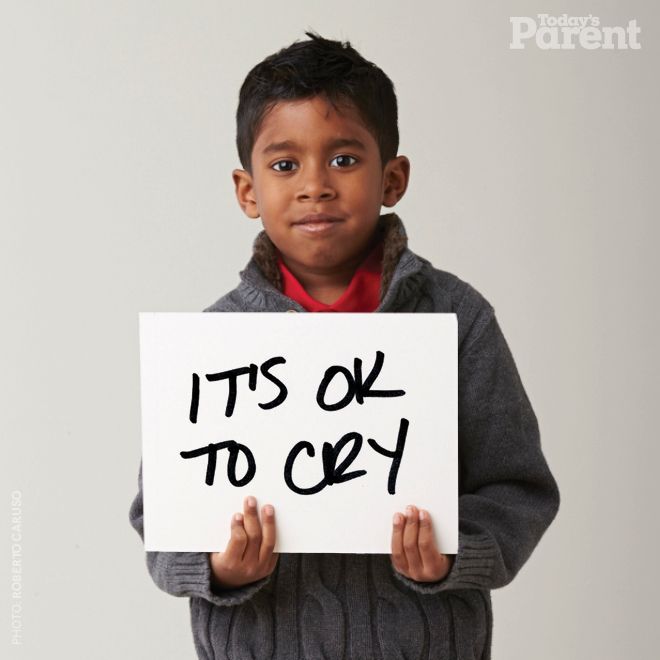 nine0003
nine0003
Little tips for raising children from 2 to 3 years old:
- During a crisis, try to avoid conflict situations (remove everything that is really “impossible”, do not pass by the attractions if you are not going to ride them, etc.). Remember that the crisis period is a temporary phenomenon and it must be overcome without much loss. Treat the child as an equal, give him more freedom, yield in unprincipled cases and be flexible in educational moments. The more experience a child acquires in the manifestation of his will, the sooner his crisis period will end. nine0050
- More than anything in the world, children love to play, so you can achieve a lot just by playing. If your child does not like brushing his teeth, offer to paint the fence (teeth) white (paste) with a brush (brush). And the phrase said in a playful way: “I pour compote into a cup, but don’t drink it” - works instantly. Encourage your child to cooperate, offer to do something together.
 Sometimes it's good to give your child time to relax and change their mind by picking them up, hugging them, telling a story. nine0050
Sometimes it's good to give your child time to relax and change their mind by picking them up, hugging them, telling a story. nine0050
- Babies do their "misdemeanors" not from evil, but because they are children - direct, emotional, sometimes not knowing what they are doing. Most often, they behave badly to explore something, to get attention, to test the reaction of their parents, or to protest something and win their independence. Therefore, it often happens that they sincerely do not understand why they are scolded and punished: “For what? I'm so good!" Yes, shouting and slapping may help pacify the child for a while, but they alienate parents and children from each other and teach that if you don’t like something, shout at others and beat, especially if they are younger than you. nine0050
- Never put labels on your child that they might want to follow: “Are you a bully again?” or "Oh, you slob!". Try to pay attention to the positive behavior of the child, praise and thank him (so that he knows what to strive for and does not try to attract your attention with negative behavior).
 Better express your attitude to the misbehavior of the baby and tell about your expectations, directing his actions in the right direction: “You helped me hang up the clothes so well yesterday. Today I can't do without you either. Can you help?" or draw an enticing perspective, i.e. encourage: “If we do all the shopping quickly now, we will have time to ride the rides.” nine0050
Better express your attitude to the misbehavior of the baby and tell about your expectations, directing his actions in the right direction: “You helped me hang up the clothes so well yesterday. Today I can't do without you either. Can you help?" or draw an enticing perspective, i.e. encourage: “If we do all the shopping quickly now, we will have time to ride the rides.” nine0050
- From overwhelming emotions and from not knowing how to build relationships with other people, a baby at this age can hurt other people or living beings. In any case, you need to immediately stop his actions: with a word (“it’s impossible”, “they don’t do this”, “you can’t fight”, etc.) or by an action (intercepting a hand, deviating to the side, etc.). Next, take pity on the offended, and when your child calms down, voice his feelings: “you wanted to play”, “you got angry”, “you were uncomfortable”, etc. And tell us about what you should have done in this situation: ask, offer, say, etc.
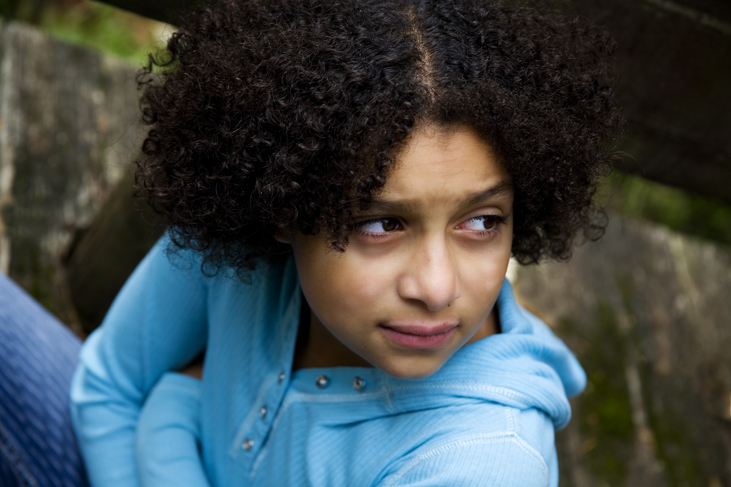 nine0050
nine0050
- Support your child's independence. Give him a choice: "Which jacket will you go for a walk - green or yellow?" "What will you eat for breakfast - semolina porridge or buckwheat?" When a child stands his ground, and you know that it will not harm him or others, let him face the natural consequences of the act, and thus learn something from his own experience. Otherwise, the more you resist the child, the more he will resist. Example: your toddler wants to splash in deep puddles, warn him of the possible consequences (“if you get your clothes wet, we have to go home right away”), and then the choice is his. nine0050
- Remember that your child is the best. Always be by his side, support him and set realistic goals for him. Praise if he succeeded and tactfully keep silent, if something failed, help or tell me another way to solve it. Then the child will grow up as a self-confident little man who is not afraid to overcome difficulties.
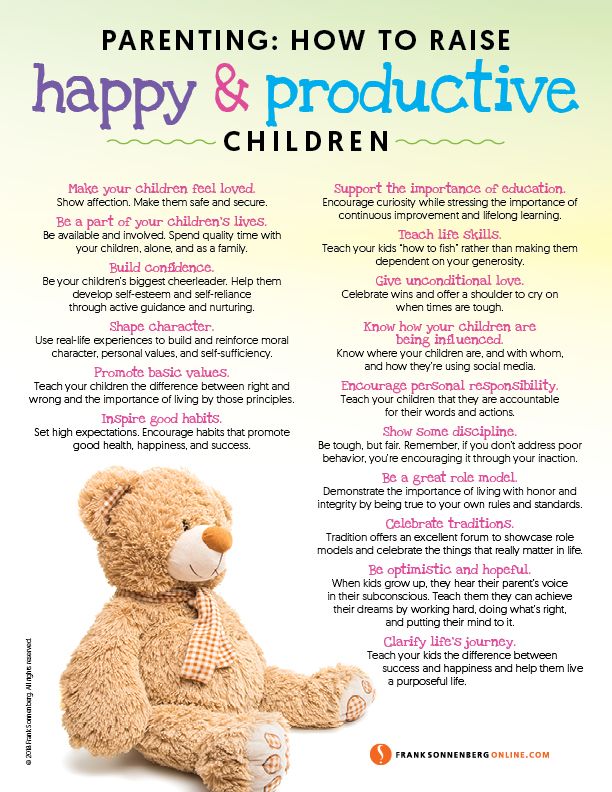 Example: a child wants to close a suitcase into which he randomly threw toys. Say: "Come on, let's put the toys neater together." Help the child, and then give him the opportunity to check if the lid closes. nine0050
Example: a child wants to close a suitcase into which he randomly threw toys. Say: "Come on, let's put the toys neater together." Help the child, and then give him the opportunity to check if the lid closes. nine0050
Me and the world around me
A small child evaluates himself through the eyes of adults. Therefore, his self-esteem and attitude to the world around him depend on how you treat your child:
- If a child is often scolded, demanded a lot, intimidated, the child begins to think: "I am bad and the world is bad."
- If a child is scolded, humiliated, punished, compared with others not in the best way for him, the child begins to count: "I am bad, but the world is good." nine0050
- If a child is praised and overpraised for any reason, everything is allowed, only others are blamed for all troubles and failures, compared with others in a flattering way for the baby - the child begins to consider: "I am good, but the world is bad.
 "
"
- If a child is sincerely loved, protected, often communicated with him and praised for really good deeds, the child begins to count: "I am good, and the world is good."
When educating, parents should also pay attention to:
- Development of the child's emotional sphere.
- Development of cooperation and confidence of the child.
- Development of the initiative and independence of the child.
- Development of responsiveness and the child's ability to communicate.
Our children are getting older and older every day. The day is not long when you can no longer take your baby in your arms or sing him a lullaby. Do not waste time on strife, cherish every minute of communication with children. Think about what memories you and they will have of this wonderful time. nine0003
Related Articles
Caution! Aggressive child
Don't fight and love others!
Why is hysteria necessary?
Tell me how old are you and I'll tell you what you're afraid of
I don't want to be afraid! Neurotic fears in children
35 advice to parents from children
Author: Daria Koldina0001
The uniqueness of the family
Each family has its own priorities and values. So, for example, some parents are supporters of strict discipline and try to do everything on time and according to the rules: a strict daily routine, mandatory four meals a day, good nutrition, brushing your teeth 2 times a day, cleaning toys every evening before going to bed, etc.
So, for example, some parents are supporters of strict discipline and try to do everything on time and according to the rules: a strict daily routine, mandatory four meals a day, good nutrition, brushing your teeth 2 times a day, cleaning toys every evening before going to bed, etc.
For other parents, the safety of the child is mainly important: do not touch the kettle and knife, do not climb on the table, do not run away from the mother in the street, in everything else - you are free. You can skip brushing your teeth, you can go to bed later, you can shift the time of dinner, and all this will not affect the mood and relationship between parents and the child. nine0003
And here it is impossible to say whose point of view is more correct, because the most important thing is the psychological comfort of the parents and the child. If parents decide to follow a system of education that is alien to them, which is contrary to their views and values, nothing good will come of it.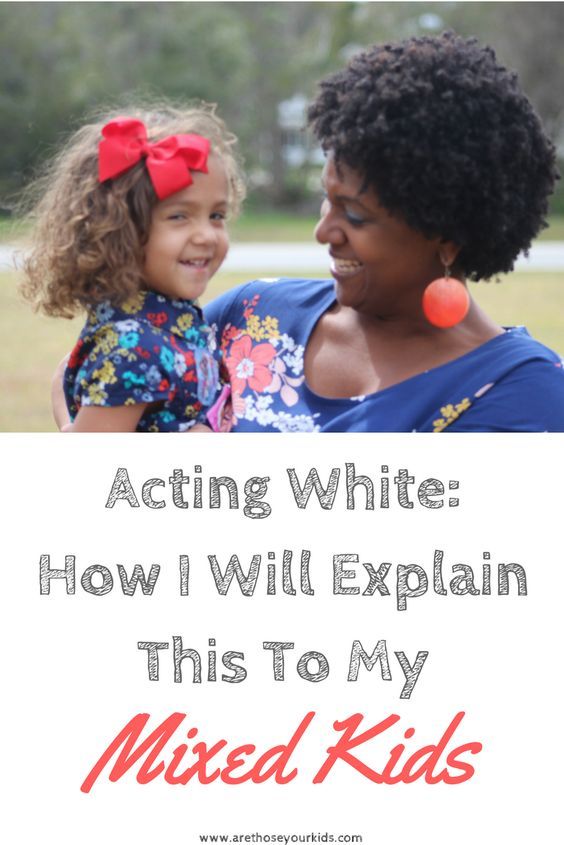
Those parents who are inconsistent in choosing the system of upbringing of their child, and as an experiment choose one system or another, act in the same way. Parents who jump from one method of education to another will not be able to become an authority, ally and support for the child, will not give him a clear and firm idea of what is “good” and what is “bad”. In our opinion, parents should not CHOOSE the system and methods of education drawn from various sources (books or articles on pedagogy), they should proceed from their own feelings and ideas, follow the path that is most natural for them, although taking into attention to those ideas that they found valuable or reasonable. That is, each parent must synthesize his own pedagogy, which is most suitable for him and his children. nine0003
Harmonious parents
According to Vladimir Levy, a child will be very lucky if his parents are harmonious and balanced. Such parents “strive for understanding. Trusting their intuition, at the same time they are aware of their ignorance of the Child, do not stop studying it, flexibly reorganize themselves. If they are not great optimists, then at least they are not without a sense of humor, including in relation to their own person. They combine enthusiasm and sober skepticism, kindness and a measure of selfishness. Selfless, but only in critical situations; hardworking, but at the same time a little lazy. nine0003
If they are not great optimists, then at least they are not without a sense of humor, including in relation to their own person. They combine enthusiasm and sober skepticism, kindness and a measure of selfishness. Selfless, but only in critical situations; hardworking, but at the same time a little lazy. nine0003
This does not mean that for every property there is necessarily an opposite property, a kind of golden mean in everything. No, unbalanced traits can also come out sharply, for example, irascibility, or anxiety, even decent selfishness or stupidity - whatever; but plus there must be three indispensable qualities: self-criticism (without self-criticism), the desire for self-improvement (without fanaticism) and the ability to be grateful to life.
In close-knit families, a Harmonious Parent is somehow obtained from two "halves" - mother and father. The main thing is that the "convexity" of one accounted for the "concavity" of the other, albeit not in a perfect state. The creation of such a Parent is one of the important purposes for which the family exists.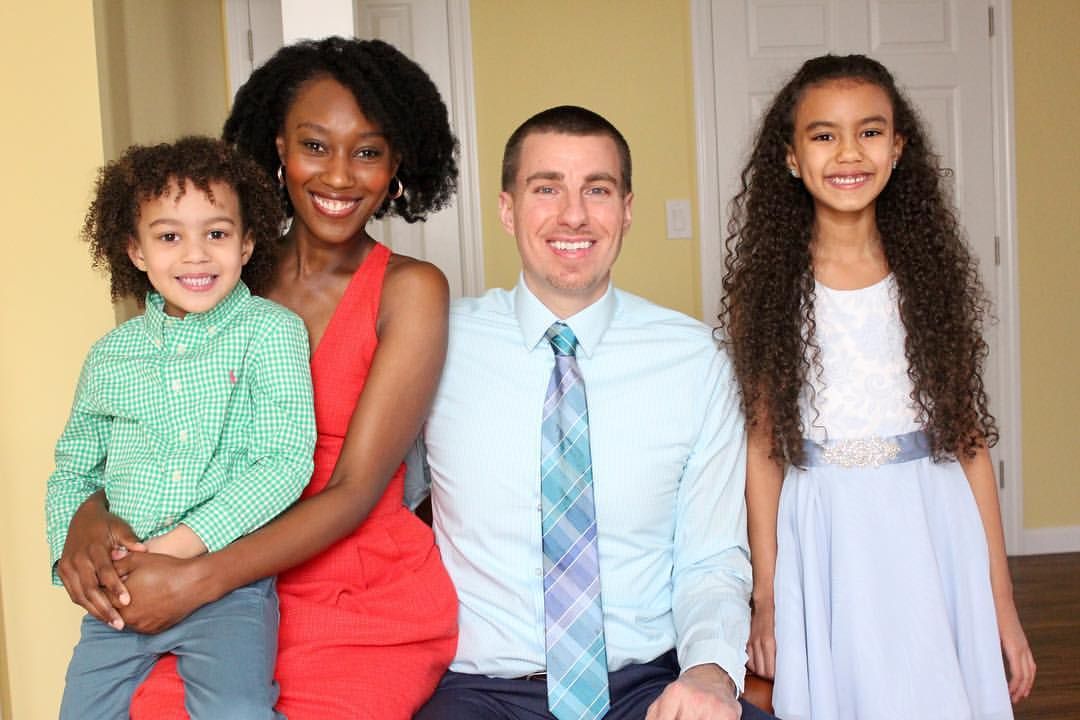 nine0003
nine0003
Much has already been written about the fact that a child is inimitable and unique, that he has his own feelings, desires and needs, that you need to respect and appreciate the personality in him. But it is also useful for parents to remember that their own personality is just as inimitable and unique, and they already have everything that is necessary for harmonious parenthood...
side, in love, mutual understanding, support, friendship, joint joys and sorrows. nine0003
Formation of the baby's emotional sphere
One-year-old children perceive everything very vividly and emotionally. It is enough to see with what delight the baby reacts to an entertaining game or how violently indignant or crying bitterly when something is not given to him. It is natural that the manifestation of positive emotions: a smiling face, burning eyes, joyful exclamations touches and delights us, and the negative emotions that the child shows more than during this period “unsettle” us.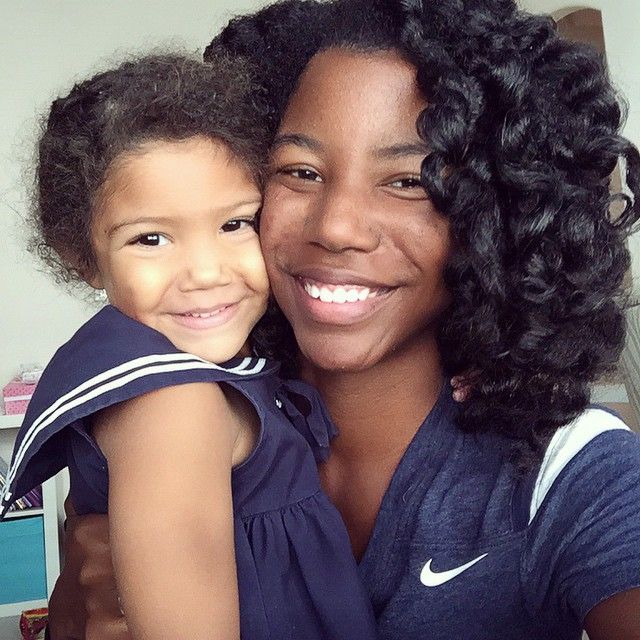
But if we, adults, can control our feelings and know how to express them in a socially acceptable way, then for a child this is an impossible task. The kid has no control over his emotions, he feels fear, anger, resentment, indignation and expresses this in accessible and primitive ways: he screams piercingly, rolls on the floor, beats his mother, etc. This is his attempt to "speak out" and convey information to parents in "his" children's language. nine0003
Sometimes you can see such a picture. The kid collided with some kind of obstacle and burst into a deafening roar. And my mother, without even understanding it, defiantly shows that his problem is nonsense: "Now stop yelling! I told someone to shut your mouth!" If the child continues to scream and cry, then his mother will also punish him.
It must be remembered that a small child is not able to distinguish between serious and non-serious. And what, from our point of view, is a whim or is not worth strong grief, is really urgent for a child or is a great grief. nine0003
nine0003
There are parents who are afraid that their children will grow up capricious, and therefore forbid them to show negative emotions. But such an attitude deprives the child of support and injures his psyche. And this can turn into a serious nervous breakdown. It is possible that the negative that has accumulated in the child at the right moment will be redirected to those who accept it meekly: a harmless animal, a weaker baby, a compassionate grandmother, or even to himself (banging his head against the wall, biting his lips, etc.). Therefore, you should never forbid young children to splash out feelings and emotions. nine0003
Other parents out of the same concern pretend not to notice the child when he screams and cries. With this behavior of parents, the child also feels abandoned and deprived of support in a difficult moment for him.
All the above-described reactions of parents also lead to the fact that the child draws a conclusion for himself: there is no need to react to the needs or troubles of the people around him.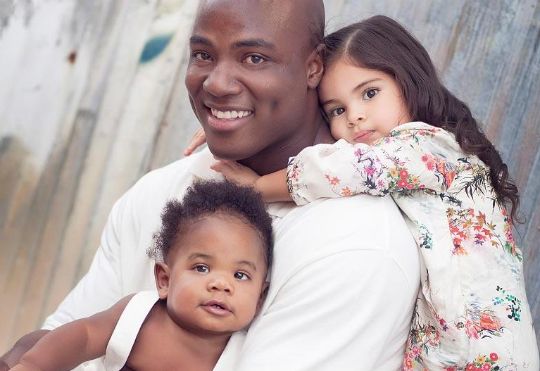 Subsequently, this can develop into indifferent callousness towards both strangers and close people.
Subsequently, this can develop into indifferent callousness towards both strangers and close people.
How should parents react to the manifestation of negative emotions of the baby?
- Accept his feelings, no matter how negative they may be, show that the child has a right to them, and you support him in this: “I understand, you were very scared!” or “I see you were very angry when the kid didn’t let you play his ball.”
- Next, describe how you feel about the child's actions, and at the same time outline the boundaries of what is permitted: “It hurts when I get hit in the face. Never do that again”, “I don’t like that you break the computer. It must be saved for dad's work "or" It's hard to walk around the apartment, where so many toys are scattered. Let's put everything in its place, ”etc. nine0050
- In no case do not suppress the negative emotions of the child, but provide an opportunity to show them: if the child is crying - let him cry, if he scatters toys - do not stop, let him “let off steam”, but if he wants to hit you, immediately intercept the hand moving towards you.
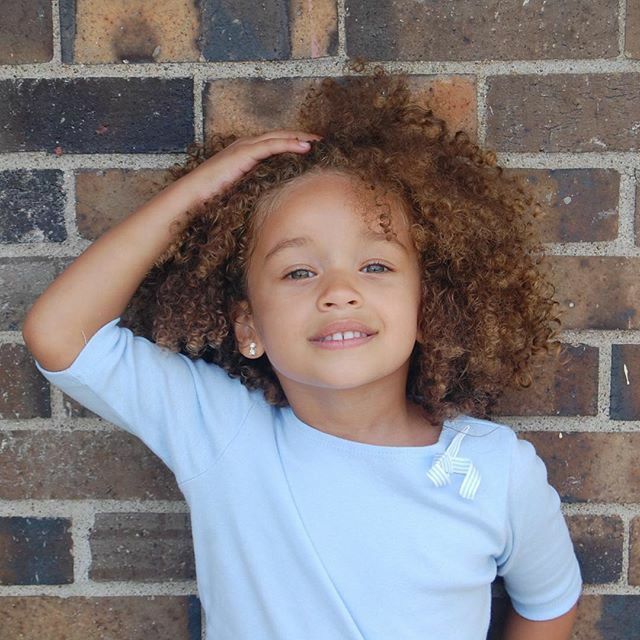
- Direct the raging energy of the child to a more peaceful direction: you can switch to stomping your feet, clapping your hands, beating a pillow, breathing exercises, fun fuss, a game - a competition "who will shout louder", etc. Such physical activity calms and distracts the baby. nine0050
In this way, the child will learn to notice his negative "emissions", control them, and later he will gradually learn to express them in more civilized ways, for example, the words: "I'm angry", "I'm sad", "I really want", etc. .d.
Independence and dependence
At the age of one, a child begins to understand that he and his mother are two different people. On the one hand, now he seeks to oppose himself to his mother: to show his independence, perseverance and disobedience. And this is very important for gaining selfhood, asserting the will of the child, realizing one's "I". And on the other hand, the baby understands the importance of communication with his mother and is terribly afraid of losing her. Therefore, he seeks his mother's attention, does not lose sight of her for a long time, and at the slightest "trouble" runs under his mother's "wing". Such a combination: a persistent desire for independence and at the same time dependence on the mother is a natural sign of the development of the child's personality. nine0003
Therefore, he seeks his mother's attention, does not lose sight of her for a long time, and at the slightest "trouble" runs under his mother's "wing". Such a combination: a persistent desire for independence and at the same time dependence on the mother is a natural sign of the development of the child's personality. nine0003
How should parents react to the contradictory behavior of their crumbs?
Show respect for your child's nascent personality, give him reasonable freedom, in most cases, let him get his way, defend his "no" and "I do not want" (your thoughts), offer feasible tasks and always come to the rescue when he needs it.
Research activities and prohibitions
Children in the second year of life spend about 70% of their wakefulness in motion. Mobility and curiosity are a stimulus for the development of the baby and provide him with the opportunity to learn the world around him in practice: what objects beat, what break, what causes the cat to scratch and when the mother is angry.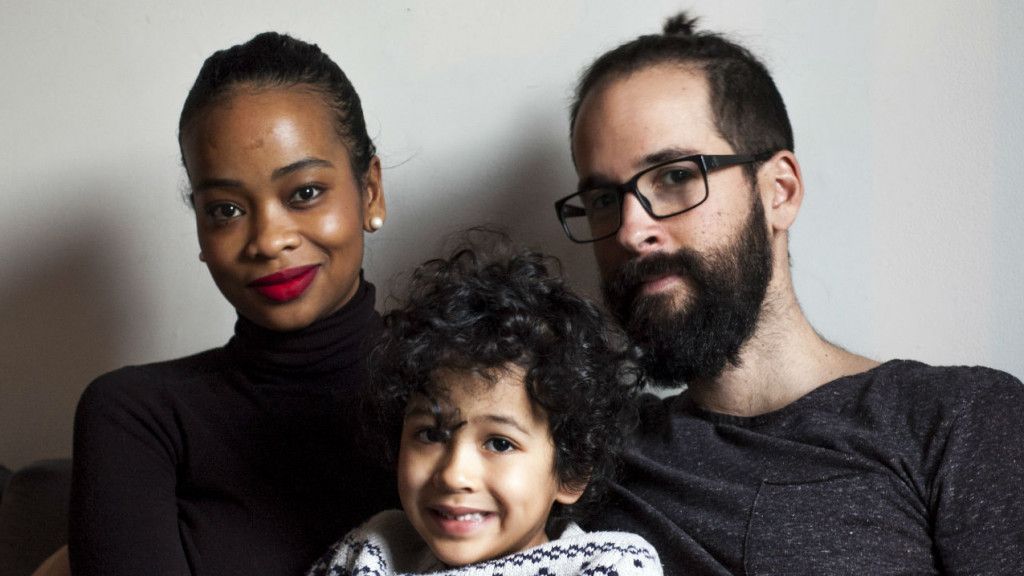 nine0003
nine0003
The first thing a child sees is everything he can reach. At about 1.5 years old, when he learns to move the chair to where he needs it, the baby finds a way to get to the upper tiers of the apartment. And until he has studied the entire apartment inside and out, he will not calm down! So it remains to be patient and think about the vast experience that the child will have by pressing the buttons of the phone, unrolling toilet paper, rummaging through kitchen cabinets and spreading cereal all over the floor until his research interest is satisfied. nine0003
How should parents react to the cognitive activity of their baby?
The main activity of a child of the second year of life is objective activity, during which the child gets acquainted with various properties of objects. Therefore, if it is not very "expensive" - then give the child the opportunity to explore and experiment. So, for example, the kid got into the habit of shaking clothes out of drawers and scattering them on the floor. Well, sit down with the child, conduct an audit with him, and at the end of the game put everything back in the closet. At the same time, you don’t have to be too zealous in accuracy, since, most likely, in the near future your crumb will make a new foray into this box. nine0003
Well, sit down with the child, conduct an audit with him, and at the end of the game put everything back in the closet. At the same time, you don’t have to be too zealous in accuracy, since, most likely, in the near future your crumb will make a new foray into this box. nine0003
But at the same time, if the baby is craving to learn something that you cannot allow: throw your cell phone into a fish tank, throw a cup of compote off the table, tap the TV screen with a typewriter, immediately respond and show that this cannot be done. There must be rules in a child's life. And he must know what he can do and what you forbid him. Living in a predictable world is easier.
0020
- There should not be many rules and they should not conflict with the child's basic needs.
- The child is still small, and cannot know all the possible consequences of his act, so you need not only to ban, but also explain the reason for the ban.
- Your baby will definitely understand the word “no” or “no”, but is unlikely to follow it.
 Therefore, by saying “no”, clearly demonstrate what it means, for example, take a cell phone out of his hands, move a cup of compote away, etc. nine0050
Therefore, by saying “no”, clearly demonstrate what it means, for example, take a cell phone out of his hands, move a cup of compote away, etc. nine0050 - If this is not enough, try to switch the attention of the crumbs and show that there is an alternative: "You can feed the fish in the aquarium", "Let's make a slide and let's lower the car down it" or "This bowl of water will be the sea, and matches - boats. Let's see how they swim! etc.
- If the baby cannot calm down in any way, continues to be stubborn, angry, crying, try to hug him and press him to you, and if he resists this, just move to the other end of the room. nine0050
- Remember that the baby will test your inhibitions for a long time. Therefore, be consistent, in the future you must also immediately respond to repeated attempts to violate the ban.
If parents constantly “sacrifice themselves”, are afraid to forbid and say “no”, then they shift all responsibility for the negative consequences of their actions onto the child.